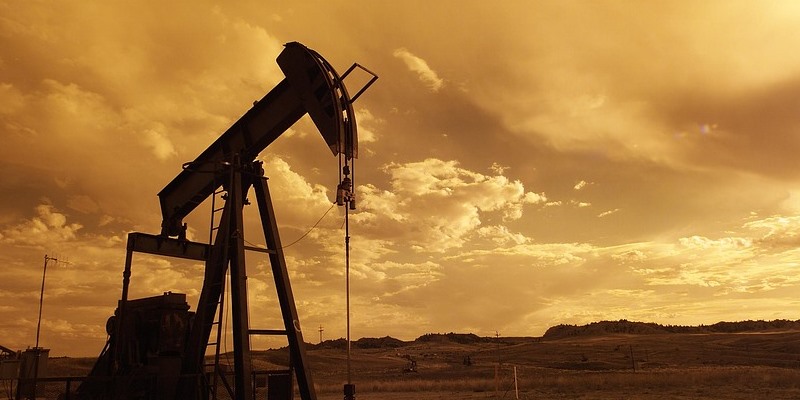Canada's growing regulatory morass

Writing in the Financial Post, Geoffrey Morgan highlights a stark dichotomy between Canada and the United States in getting pipelines approved: “As Canada dithered, America signed off on 3 oil pipelines to carry 2.4 million barrels a day” and “since 2016, Canadian companies have submitted only one new project for National Energy Board approval compared with 14 equivalent applications to the U.S. Federal Energy Regulatory Commission.”
Of course, the U.S. population is 10 times that of Canada, so it would be expected to need more pipelines to transport oil and gas. But 14:1 is a somewhat shocking ratio. Morgan notes the root of the problem, which is “regulatory layering,” citing a report by Ernst & Young (commissioned for the Canadian Energy Pipeline Association).
One chart from the report (see bottom of this post) reveals the depth of regulatory layering, specifically in Alberta and British Columbia, including a large boom in regulation in 2016 and a proliferation of overlapping regulations. The report should serve as a wakeup call, with shocking findings.
A 2018 study found that US capital spending in oil and gas increased 38 per cent in 2017, reaching a new high of USD 120 billion, while Canadian spending fell to USD 45 billion, a 19 per cent decrease since 2016.
The report also shows how sluggish project approvals are in Canada compared to the U.S., with data showing that average approval timelines grew from 357 days in 2009 to 681 days in 2016 (in Canada), whereas “the average days for approval of an equivalent project peaked at 561 in 2015, but dropped as low as 336 in 2017 (for the U.S.). The bottom line? Reluctance to invest in Canada.
Over the past two years alone, TransCanada Pipelines Limited has cancelled several major Canadian projects worth tens of billions of dollars. In 2016, TransCanada Pipelines capital investment in natural gas pipelines was evenly split between Canada and the US, but in 2017 nearly 60% of capital spend was based in the US. Perhaps more alarming are the statistics on construction spend for new natural gas projects. In 2016, 46% of spend was in Canada and 54% in the US. In 2017, only 20% of spend was in Canada an 80% was in the US.
As we have observed, there’s an urgent need for regulatory reform, especially in Alberta, where red tape is steadily strangling a major contributor to Canada’s economy. The Ernst and Young report makes that red tape graphically understandable.

Author:
Subscribe to the Fraser Institute
Get the latest news from the Fraser Institute on the latest research studies, news and events.

